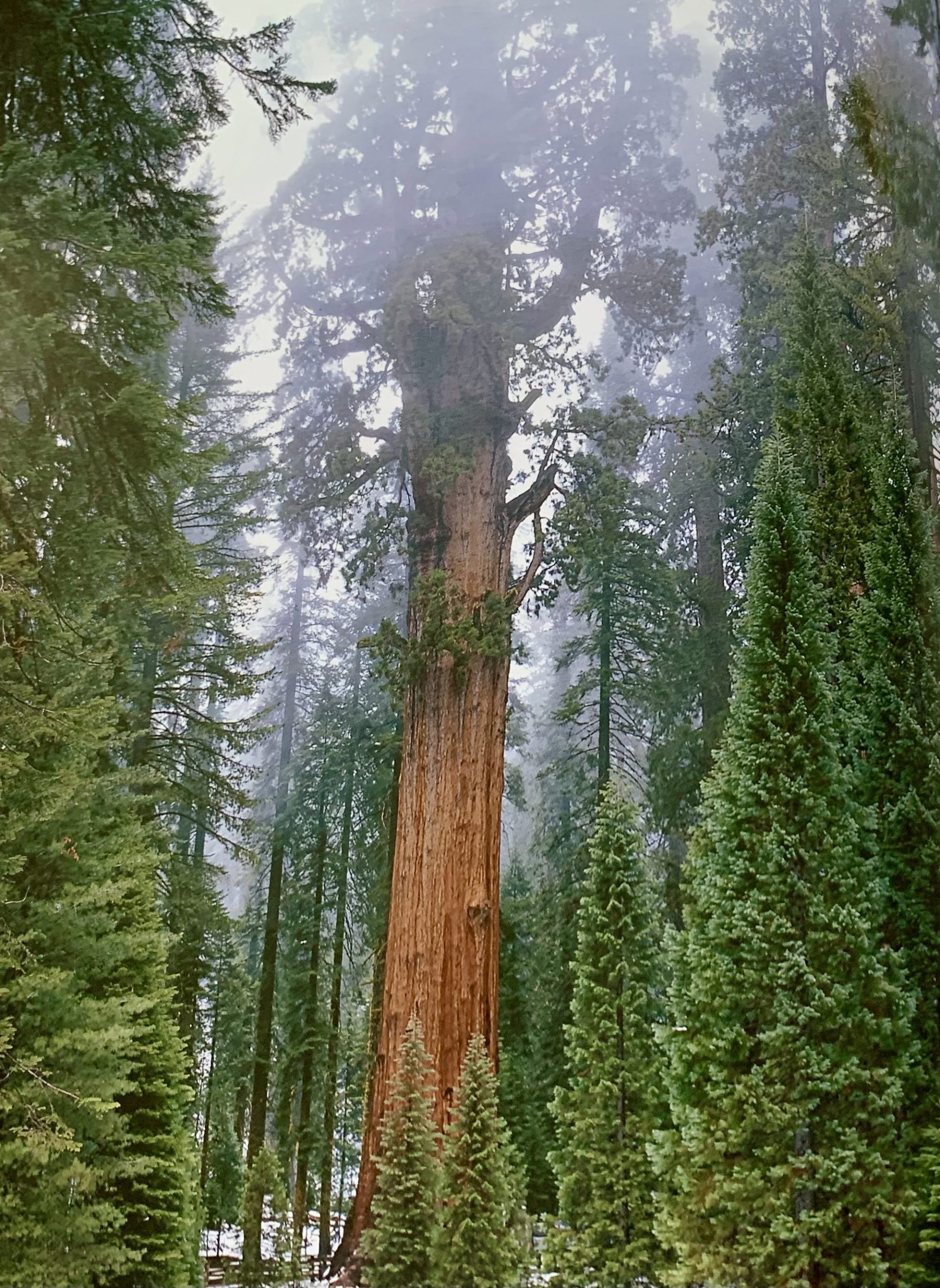 Our Sierra Nevada mountain range is home to Sequoia National Park, which is home to the General Sherman, the largest tree, by volume, in the world. Sequoia Park is also home to a tiny, blind, glow-in-the-dark millipede, Motyxia sequoia alia, which because of its bioluminescence, is unlike any other millepede in the world.
Our Sierra Nevada mountain range is home to Sequoia National Park, which is home to the General Sherman, the largest tree, by volume, in the world. Sequoia Park is also home to a tiny, blind, glow-in-the-dark millipede, Motyxia sequoia alia, which because of its bioluminescence, is unlike any other millepede in the world.
Motyxia is a genus of millipedes native to the western United States. Unlike most bioluminescent organisms that emit light continuously, motyxia millipedes emit light in short bursts or pulses.
The inch long creature that calls this dark, damp forest home, adds a unique charm to Sequoia National Park as they emerge each night to illuminate the forest floor with their green-blue glow.
Why do they glow? As these millipedes are blind, researchers believe that their bioluminescence developed not to attract mates, but as a warning. If they are attacked, motyxia millipedes will secrete a surprisingly generous amount of cyanide as a chemical defense. The milleped’s pulsating glow seems to discourage predators from attacking.
Motyxia’s presence is a reminder of the intricate interplay between the inhabitants of an area and its environment. The millipedes play a vital role in nutrient cycling. As they break down decaying organic matter, the soil is enriched with essential nutrients necessary for the growth of Sequoia Park’s towering trees.
Unfortunately, motyxia faces serious and numerous threats. Habitat loss and fragmentation, the climate changes we all face, and pollution all pose significant challenges to the little millipede’s survival.
There are conservation efforts within Sequoia Park that aim to mitigate the threats, preserving the balance of its ecosystems and safeguarding the diversity of all of the inhabitants, including motyxia.
You can find the exclusively nocturnal motyxia in the live oak and giant sequoia forests, as well as in meadows. During the day the millipedes are burrowed under the soil, only emerging at night to feed on decaying vegetation. Researches are studying the eyeless little creature to understand how mytoxia determines the difference between night and day.
The tiny critters are simple enough to find. At night, just look for a pulsating greenish-blue five centimeter long light in the leaf-litter under one of the giant Sequoia trees. It’s said that motyxia can also be identified by scent, as they have an almond-like smell to them because of the hydrogen cyanide they emit. Although, to be honest, this writer would never get her nose close enough to one of them to check whether that is true or not.
Sequoia National Park, with is majestic trees and glowing millipedes, deserves a visit. After all, where else on earth can one go to find the long and the short of things?


 Facebook
Facebook
 Twitter
Twitter
 Pinterest
Pinterest
 Copy Link
Copy Link